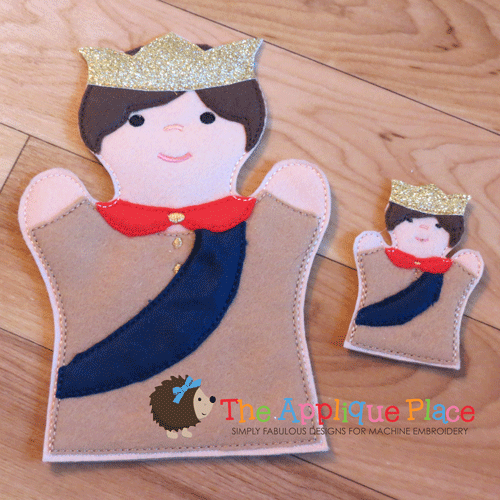
How might movement, interaction, animation, liveliness, or spectatorship, matter? How do the contexts of puppet performance (professional, amateur, civic, courtly) or its sites (church, stage, fairground, street) affect its possibilities? How did puppetry operate as a site of cross-cultural encounter that allowed swift exchanges across the continent? In what ways does the materiality of a puppet shape its modes of embodiment as it plays characters ranging from human and animal to divine? How does actual puppetry practice complicate or resist prevailing cultural metaphors of puppetry in relation to power and aesthetics? We intend to build on the conference’s presentations to produce the first edited volume in early European puppetry studies in the following year.Ĭonsidering a wide range of objects and practices under the rubric of puppetry, the conference is interested in what defines a puppet. To that end, sessions will provide an opportunity for collecting and sharing resources as well as sites for setting the terms and questions that structure early European puppetry studies. This conference aims to bring together scholars from art history, history, European literary and language studies, theater, and other fields to formally establish early European puppetry studies as a cross-disciplinary field and scholarly community. And as objects unsettling boundaries between animate and inanimate, puppets nuance conversations about object agency, object-oriented ontology, and the so-called “material turn” happening across the humanities. As imitative objects, puppets inform discussions about representation in medieval and early modern Europe.

As objects used in performance, puppets enrich expanding scholarship on the inter- and multimedial dimensions of medieval and early modern theater, liturgy, and entertainment. However, considering the variety and complexity of medieval and early modern European puppetry provides an opportunity to reassess the role of figural objects and performance in Western culture. Consideration of “puppetry” as a particular form with its own norms and commonalities is also uncommon, due in part to the marginal position of puppetry in Western culture. Despite the ubiquity of medieval and early modern puppets in Europe, scholarly consideration of these performing objects is often limited to case studies. Jointed religious figures illustrated the liturgy, while dragon effigies processed through cities on feast days, and popular and courtly audiences enjoyed puppet shows of legendary and historical events.

Early European Puppetry Studies Conferenceįrom moving statues to artificial animals to marionette performances, puppetry seems to have appeared in every sector of medieval and early modern European society.


 0 kommentar(er)
0 kommentar(er)
